Bigtooth Aspen
Populus grandidentata
A common tree of northeastern US and southeastern Canada, bigtooth aspen is a familiar view in and around Plymouth. This is a tree of average size (about 60 ft tall, though sometimes reaching 90 ft), forming a straight trunk, its bark gray or light greenish gray, furrowed at base, and becoming more and more smooth higher up the trunk. Despite its formidable dimensions, the tree is short-lived—to about 50 years. In course of plant succession (gradual changes taking place in the plant community), it would give way to longer-lasting trees. However, it readily regenerates after fires by producing root suckers from surviving underground runners and thus forming small groves in areas that are prone to periodical fires (such as Myles Standish SF). Juvenile leaves on young suckers are so different from those of mature trees, that it is hard to identify the two stages with one another. Juvenile leaves are larger, egg-shaped, with pointed tips, finely toothed all along margins, and densely white hairy on undersides. It is only after 2-3 seasons that youngsters start producing at least some leaves typical for mature trees—rounded, coarsely and shallowly toothed along margins (mostly at mid-blade), opening hairy on both sides in spring, but then promptly loosing all hairs, their petioles flattened in the plane perpendicular to that of the blade. Similarly to the rest of aspens and poplars, bigtooth aspen produces flowers grouped in dangling catkins early in spring, when winds freely roam though the leafless forest facilitating flower pollination. All poplars and aspens are pollinated by wind despite sharing their family name with willows, which are mostly insect-pollinated and thus typically have upright catkins. All plants belonging to the willow and poplar family are dioecious, that is, producing separate male and female individuals. Female catkins necessarily last longer than male; they elongate while seed capsules ripen. When seeds are ready for dispersal, capsules crack and release small seeds, each embedded in a tuft of white fibers, so it can float in the air. The airborne seeds can reach far, so the tree often becomes a pioneer species at recently burned or cleared sites.

A grove along Doctor's Pond Rd., Myles Standish SF, Plymouth, October 8.
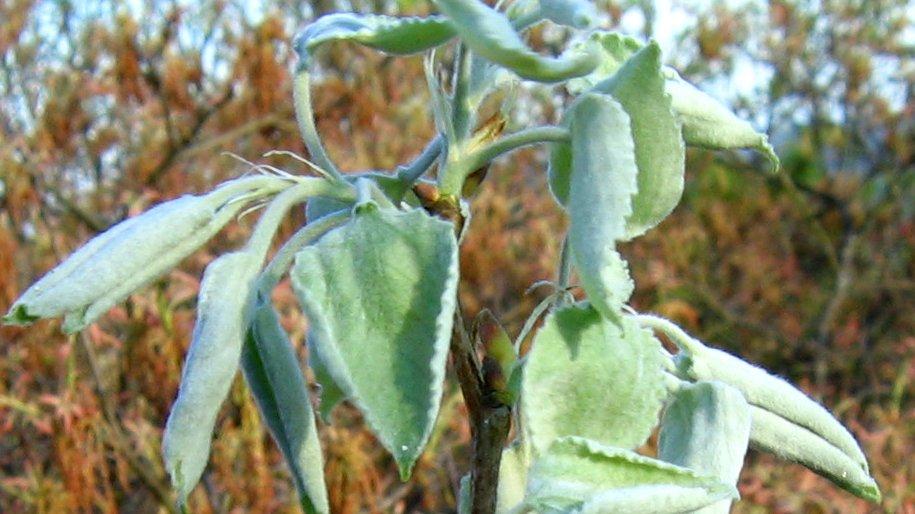
Bigtooth aspen mature leaves emerge hairy on both sides in spring; they are going to promptly lose all hairs as well as their narrow stipules. May 9, Blue Hills Reservation, Milton
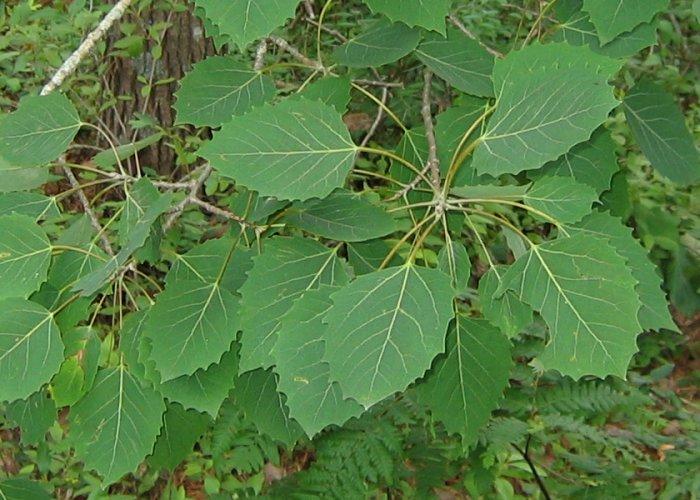
Fully grown leaves of mature tree. July 21, Myles Standish State Forest, Carver
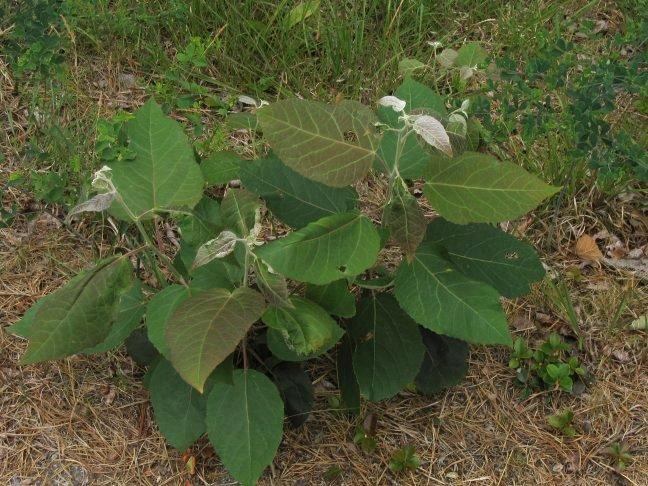
Juvenile foliage of a root sucker. July 4, Myles Standish State Forest, Plymouth
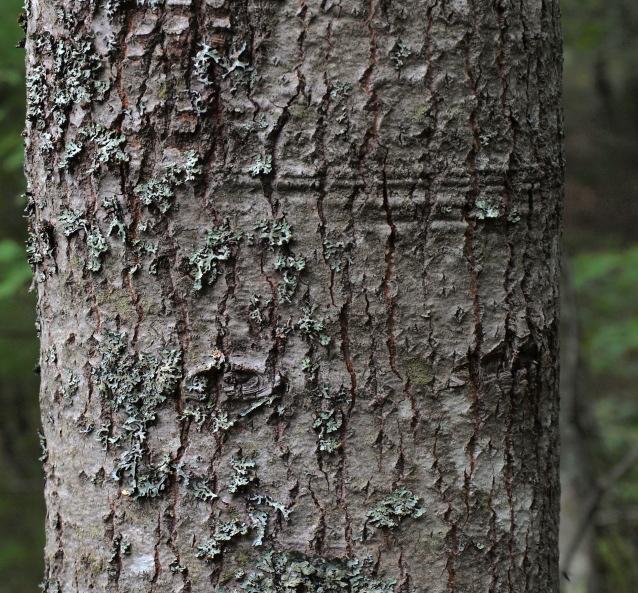
Furrowed bark at base of trunk. August 20, Myles Standish State Forest, Plymouth
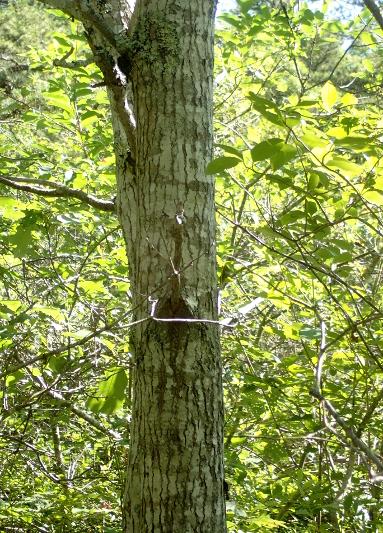
The higher up the trunk, the less furrowed the bark is. July 16, Long Duck Pond Preserve Lots, Plymouth
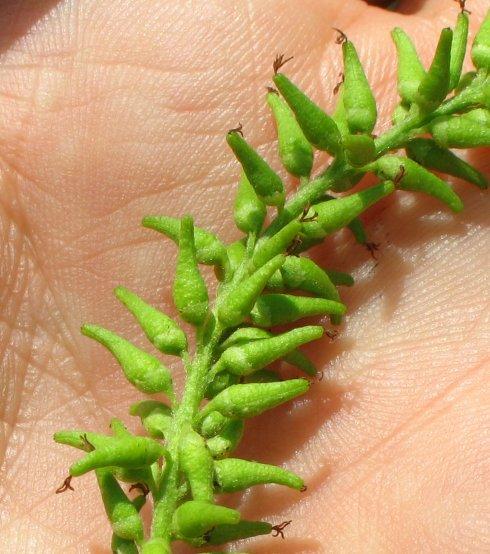
Unripe fruiting catkin. May 9, Boxford State Forest, North Andover